Monastery stays offer a unique travel experience that goes beyond typical accommodations, providing guests with opportunities to disconnect from modern distractions while experiencing centuries-old traditions of hospitality and contemplation. These spiritual retreats welcome visitors regardless of religious background, focusing on creating peaceful environments where travelers can rest, reflect, and often participate in daily monastic life.
From ancient abbeys in Europe to mountain retreats in Asia, monasteries around the world open their doors to curious souls. Here is a list of 18 monastery stays that welcome travelers seeking something different from their journey.
Mont Saint-Michel Abbey
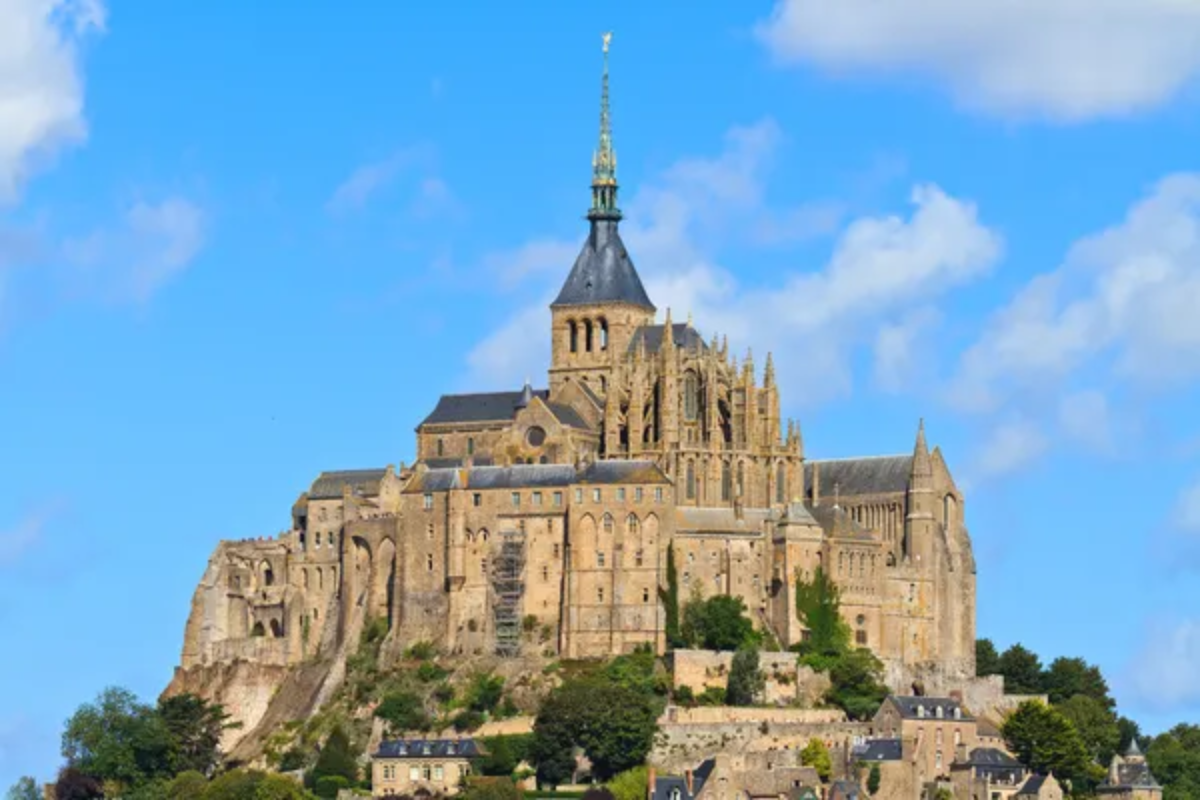
This medieval abbey rises dramatically from tidal flats off the Normandy coast, accessible by a causeway during low tide and surrounded by water when the tide returns. The abbey offers basic accommodations within its ancient walls, where guests can experience the rhythm of monastic life while exploring one of France’s most iconic landmarks.
Visitors wake to the sound of bells echoing across the bay and can participate in evening prayers that have continued virtually unchanged for over a thousand years. The abbey’s library contains manuscripts dating back to the 8th century, and guests often spend hours studying these illuminated texts in the same halls where medieval scholars once worked.
Monastery of San Millán de la Cogolla
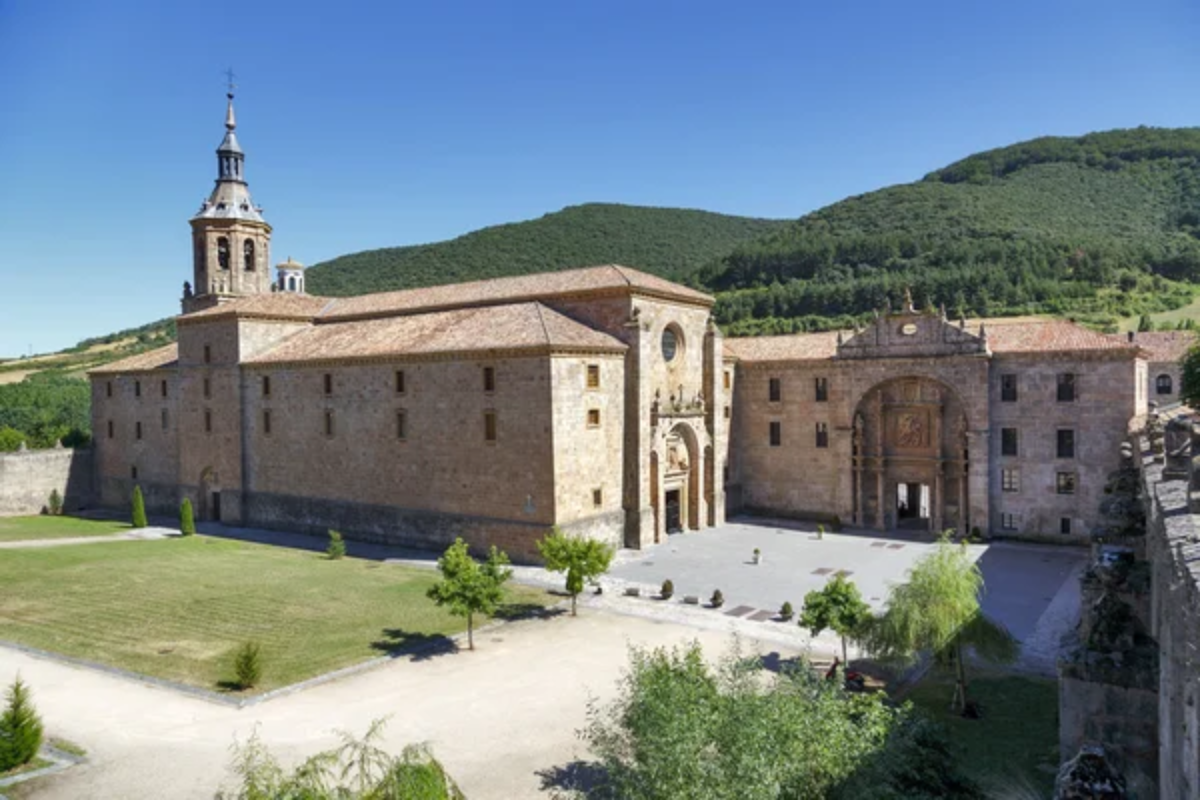
Spain’s UNESCO World Heritage monastery welcomes guests to the birthplace of written Spanish, where monks created the first literary works in the Castilian language. The monastery offers simple rooms within its historic complex, allowing visitors to walk the same corridors where scribes developed what would become modern Spanish.
Guests can observe the monks’ daily routine of prayer, work, and study while exploring the monastery’s impressive collection of medieval manuscripts. The surrounding Rioja wine region provides a stark contrast to monastic simplicity, though the monks maintain their vineyard and produce wine using traditional methods passed down through generations.
Like Travel Pug’s content? Follow us on MSN.
Mount Athos Monasteries

This autonomous Greek peninsula houses 20 Eastern Orthodox monasteries that have operated continuously for over 1,000 years, maintaining traditions largely unchanged since Byzantine times. Male visitors can obtain permits to stay in monastery guesthouses, experiencing a way of life that has remained isolated from modern secular influences.
The monks follow the Julian calendar and maintain their time zone, creating a temporal displacement that adds to the otherworldly atmosphere. Each monastery specializes in different crafts, from icon painting to manuscript copying, and guests often learn these ancient techniques during their stay.
Tashilhunpo Monastery
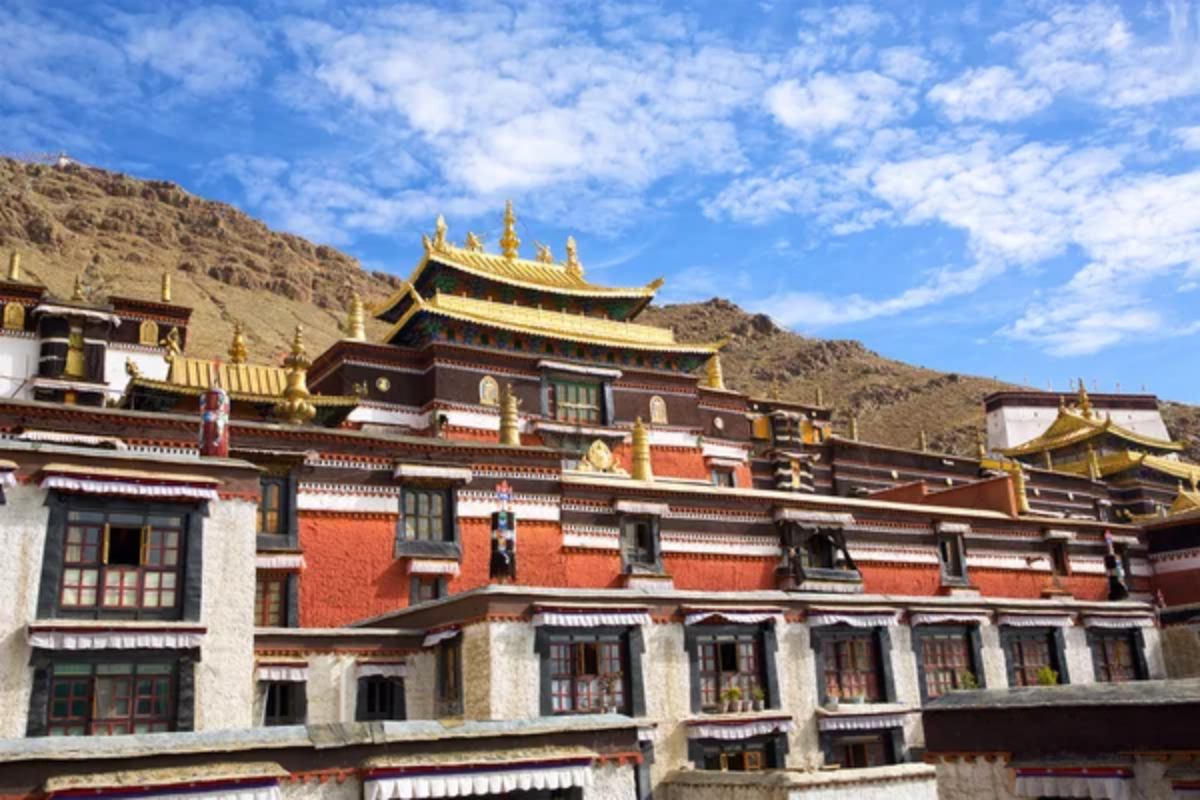
Tibet’s historic monastery in Shigatse offers guest accommodations that provide insight into Tibetan Buddhist monastic life while supporting the preservation of traditional culture. Visitors can participate in morning prayers alongside hundreds of monks, creating a powerful acoustic experience as chanted mantras echo through ancient halls.
The monastery houses a 90-foot golden statue of the Future Buddha, and guests often spend hours in meditation before this impressive figure. Traditional Tibetan architecture surrounds visitors with intricate woodwork and colorful murals that have been maintained by successive generations of monastic artisans.
Abbaye de Fontenay
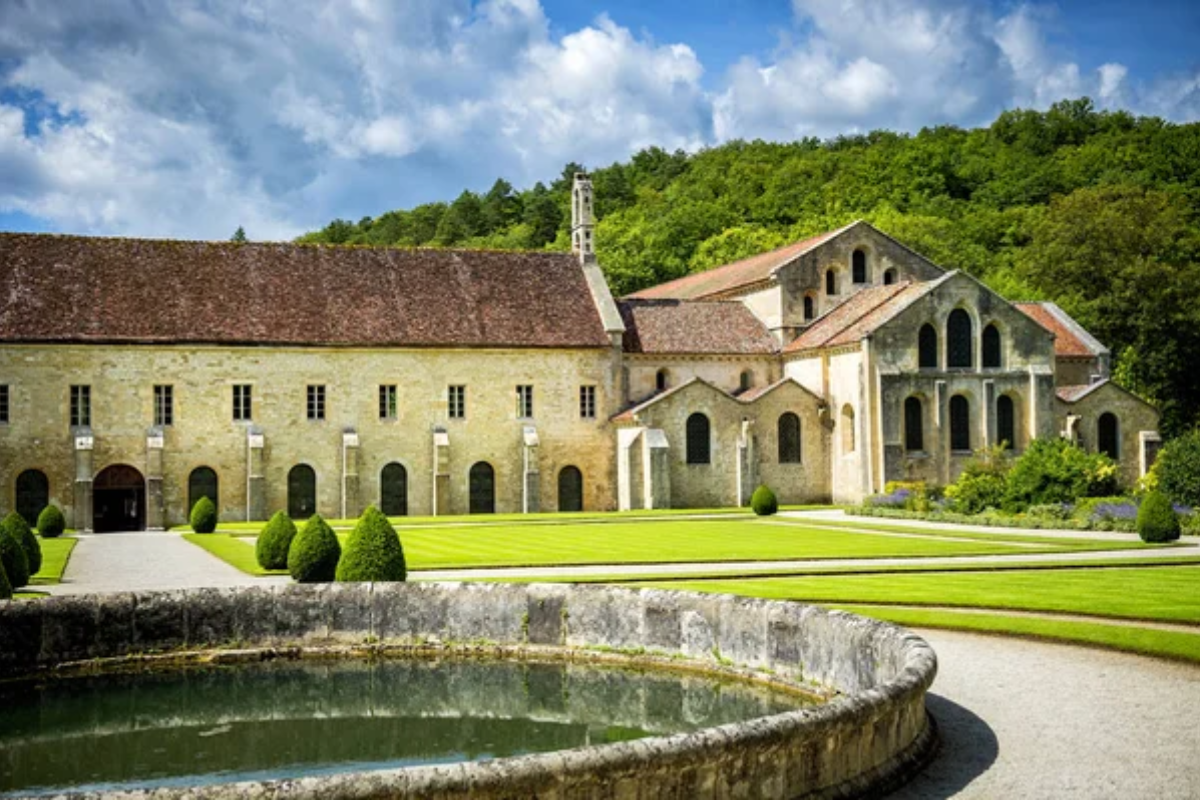
Burgundy’s Cistercian abbey represents one of Europe’s best-preserved medieval monasteries, offering guest quarters that maintain the austere elegance characteristic of the order. The abbey’s UNESCO status reflects its architectural significance, and guests sleep in rooms that overlook the same gardens and fishponds that have sustained monastic communities for nearly nine centuries.
Gregorian chant fills the abbey church during services, creating acoustic effects that medieval architects specifically designed to enhance spiritual contemplation. The surrounding Burgundy countryside provides hiking opportunities, though many guests prefer the contemplative walks through the abbey’s formal gardens.
Like Travel Pug’s content? Follow us on MSN.
Monastery of Santo Domingo de Silos

This Spanish Benedictine monastery became internationally famous when the monks’ Gregorian chant recordings topped music charts worldwide, bringing ancient liturgical music to modern audiences. Guest accommodations allow visitors to attend the services that made the monastery famous, experiencing plainchant in its original architectural setting.
The monastery’s library contains over 50,000 volumes, including medieval manuscripts that guests can study with permission from the librarian monks. Traditional monastic crafts continue here, with monks producing honey, herbal remedies, and illuminated manuscripts using techniques that predate the printing press.
Hemis Monastery

Ladakh’s largest monastery perches high in the Himalayas, offering guest quarters at 12,000 feet elevation where the thin air creates a natural meditative state. The monastery houses one of the largest thangka paintings in existence, unfurled only once every twelve years during the Hemis Festival, when guests can witness traditional masked dances.
Tibetan Buddhist practices continue unchanged here, with morning prayers beginning before dawn as monks blow long horns that echo across mountain valleys. The monastery’s location along ancient trade routes means guest rooms overlook paths once traveled by caravans carrying goods between India and Central
Abbey of Gethsemani
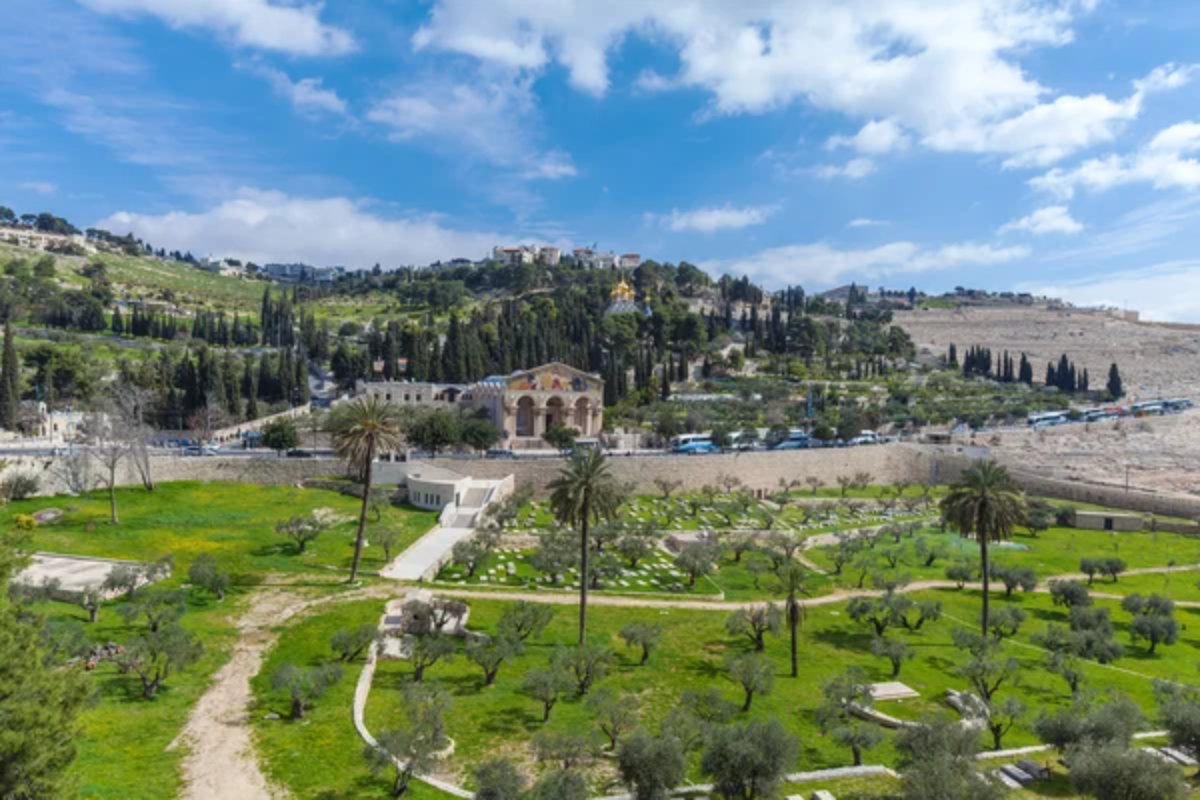
Kentucky’s Trappist monastery offers silent retreats where guests experience the contemplative lifestyle inspired by famous monk-writer Thomas Merton. The abbey maintains strict schedules of prayer, work, and silence, creating an environment where modern distractions fade away completely.
Guests can participate in the monks’ agricultural work, learning sustainable farming techniques while contributing to the community’s self-sufficiency. The monastery gift shop sells products made by the monks, including fruitcake and bourbon fudge, that provide economic support for the community’s charitable works.
Like Travel Pug’s content? Follow us on MSN.
Monastery of Saint Catherine

Egypt’s ancient monastery sits at the foot of Mount Sinai, where guests can climb the mountain that Moses allegedly ascended to receive the Ten Commandments. The monastery houses the world’s oldest continuously operating library, containing manuscripts in languages that died out centuries ago.
Guest accommodations occupy buildings that have housed pilgrims since the 6th century, with walls that still bear inscriptions left by medieval travelers. The monastery’s icon collection survived the Byzantine iconoclastic period because of its remote location, preserving artistic treasures that exist nowhere else on earth.
Plum Village

France’s Buddhist monastery, founded by Vietnamese Zen master Thich Nhat Hanh, offers retreat programs that blend traditional meditation with practical mindfulness teachings. Guests participate in walking meditation through the French countryside, learning to apply Buddhist principles to everyday activities like eating and working.
The community practices ‘engaged Buddhism,’ combining contemplative practices with social action projects that extend monastery teachings into the wider world. International visitors create a diverse community where Eastern spiritual practices merge with Western philosophical traditions.
Drepung Monastery

Once the world’s largest monastery, this Tibetan institution now operates in exile in South India, offering guests insight into Buddhist scholarly traditions that survived Chinese occupation. The monastery houses thousands of monks who maintain traditional debate practices, with guests observing philosophical discussions that can last for hours.
Guest quarters provide simple accommodations where visitors experience the communal lifestyle that characterizes Tibetan monastic education. The monastery’s reconstruction in India demonstrates the resilience of spiritual communities, with buildings that replicate original Tibetan architecture using local materials.
Like Travel Pug’s content? Follow us on MSN.
Abbey of Saint-Benoît-du-Lac

Quebec’s Benedictine monastery sits on the shores of Lake Memphremagog, offering guest quarters where visitors can experience French-Canadian monastic traditions. The monks operate a successful cheese-making operation, and guests can learn traditional dairy techniques while participating in agricultural work.
Gregorian chant in French creates a unique liturgical experience that reflects the monastery’s cultural heritage. The abbey’s modern architecture integrates harmoniously with traditional monastic principles, creating spaces that feel both contemporary and timeless.
Kopan Monastery
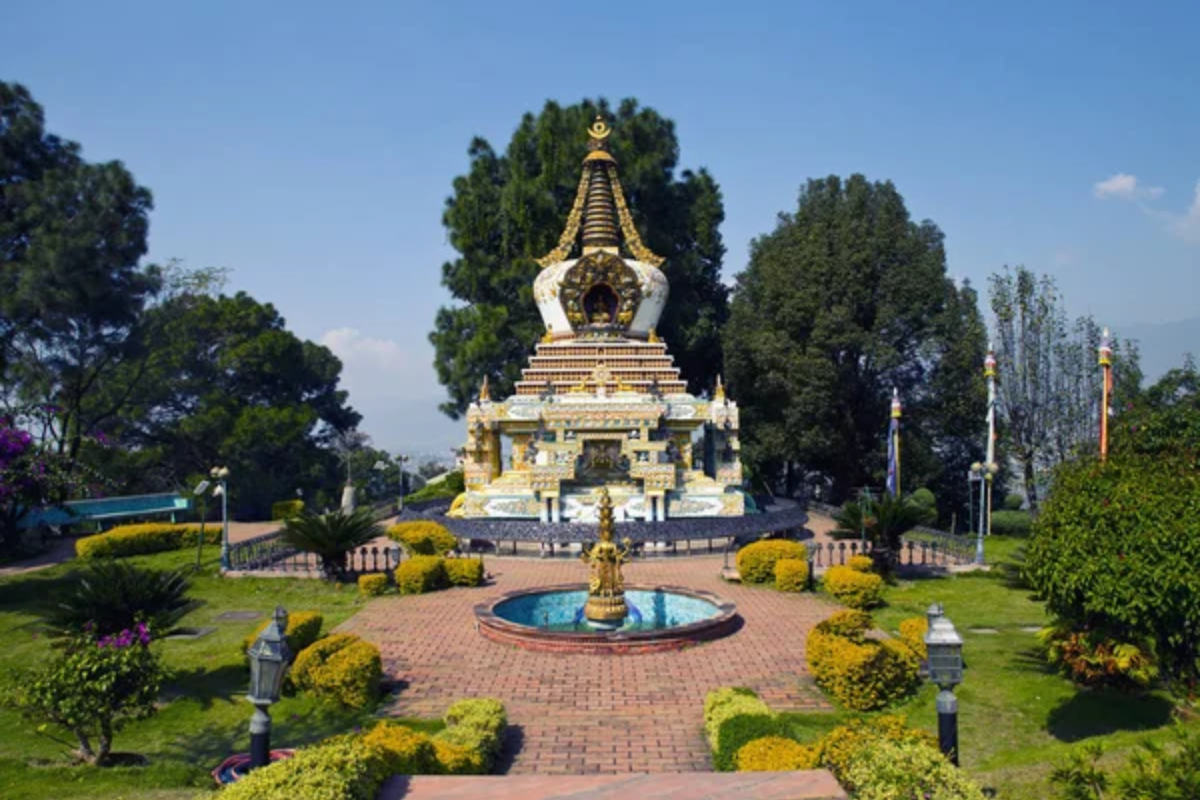
Nepal’s Tibetan Buddhist monastery near Kathmandu offers month-long meditation courses that introduce Western visitors to traditional Buddhist philosophy and practice. Guest accommodations provide basic comfort while maintaining the simplicity that characterizes monastic life.
The monastery overlooks the Kathmandu Valley, with meditation sessions beginning before sunrise as the Himalayas catch the first light. International students create a diverse learning environment where traditional teachings meet contemporary questions about spirituality and meaning.
Monastery of Christ in the Desert
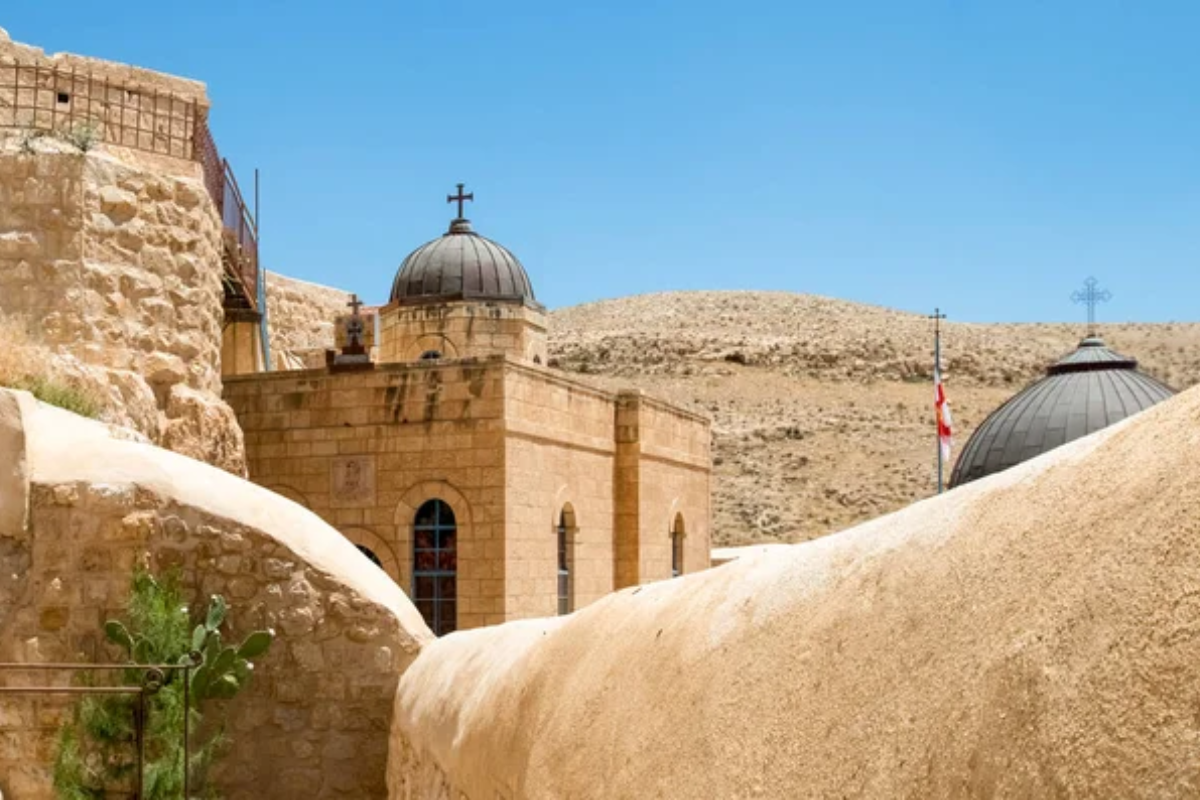
New Mexico’s Benedictine monastery occupies a remote canyon location where guests experience silence so complete that urban visitors often need days to adjust. The monastery operates without electricity or internet, creating an environment where medieval monastic practices continue unchanged by modern technology.
Adobe buildings blend into the desert landscape, with guest quarters that maintain the same austere beauty that characterizes traditional Southwest architecture. The monks practice traditional crafts, including pottery and weaving, with guests often learning these skills during extended stays.
Like Travel Pug’s content? Follow us on MSN.
Taizé Community
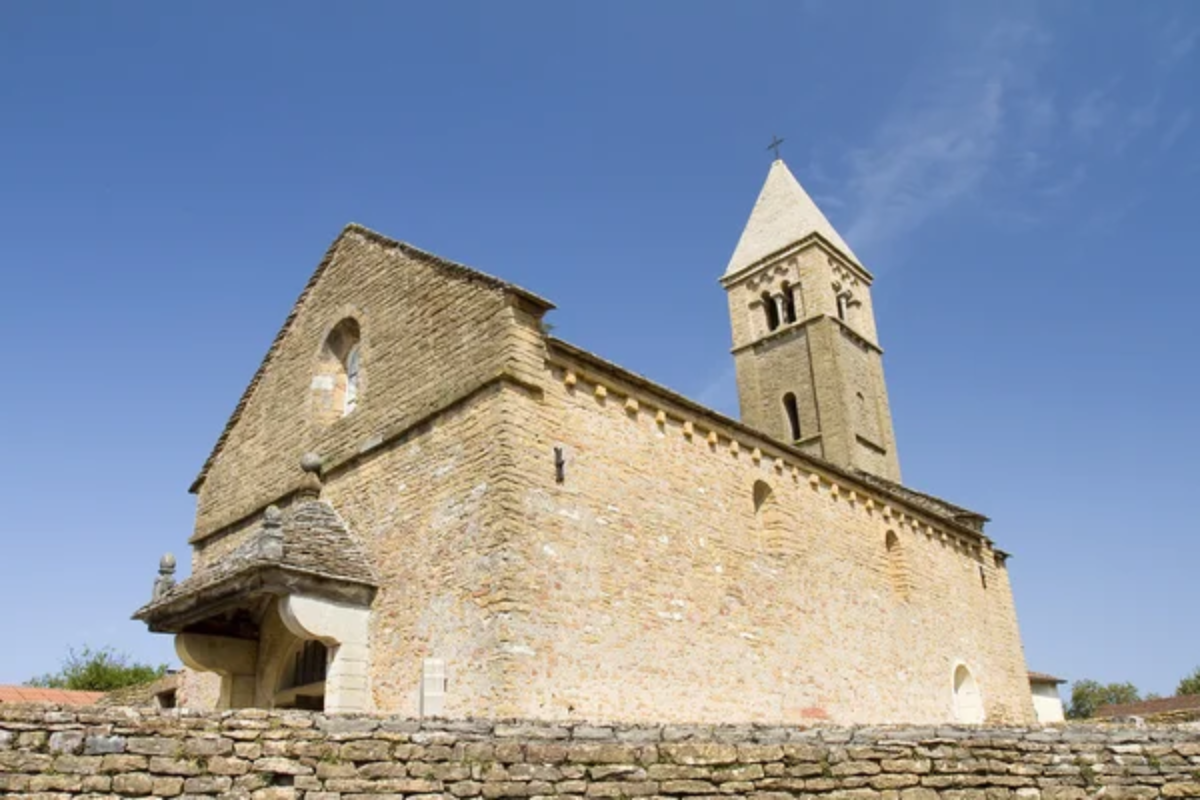
France’s ecumenical monastery welcomes thousands of young pilgrims annually, creating a unique environment where different Christian traditions converge in shared worship and service. Guest accommodations range from camping to simple dormitories, fostering a community atmosphere that breaks down social and national barriers.
The community’s distinctive chants, performed in multiple languages simultaneously, create a musical experience that transcends linguistic differences. Weekly programs combine spiritual reflection with practical service projects, demonstrating how contemplative practices can inform social action.
Holy Trinity Monastery
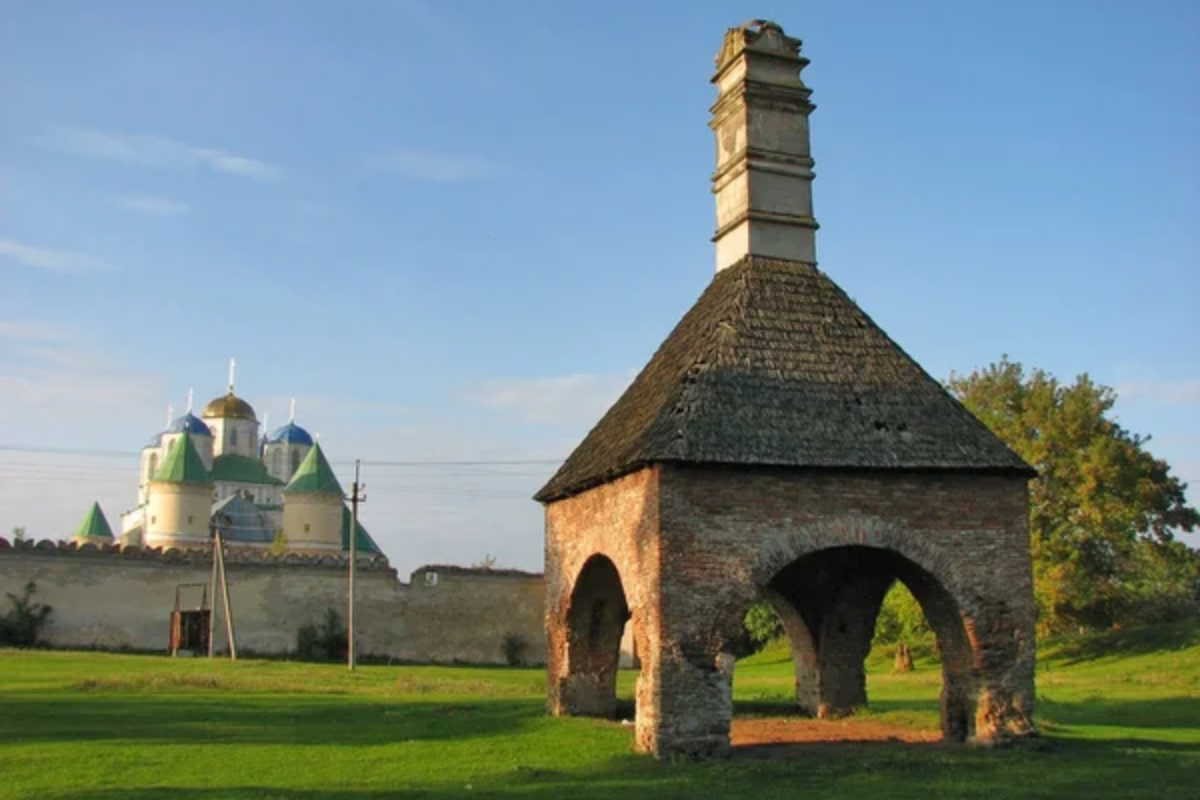
New York’s Russian Orthodox monastery in Jordanville maintains traditional monastic practices brought to America by monks fleeing communist persecution. Guest quarters allow visitors to experience Orthodox liturgical traditions that preserve practices dating back to early Christianity.
The monastery operates a theological seminary and icon workshop, with guests observing traditional religious art techniques that require years to master. Russian cultural traditions blend with American practicality, creating a unique monastic environment that bridges Old World spirituality with New World innovation.
Solan Monastery
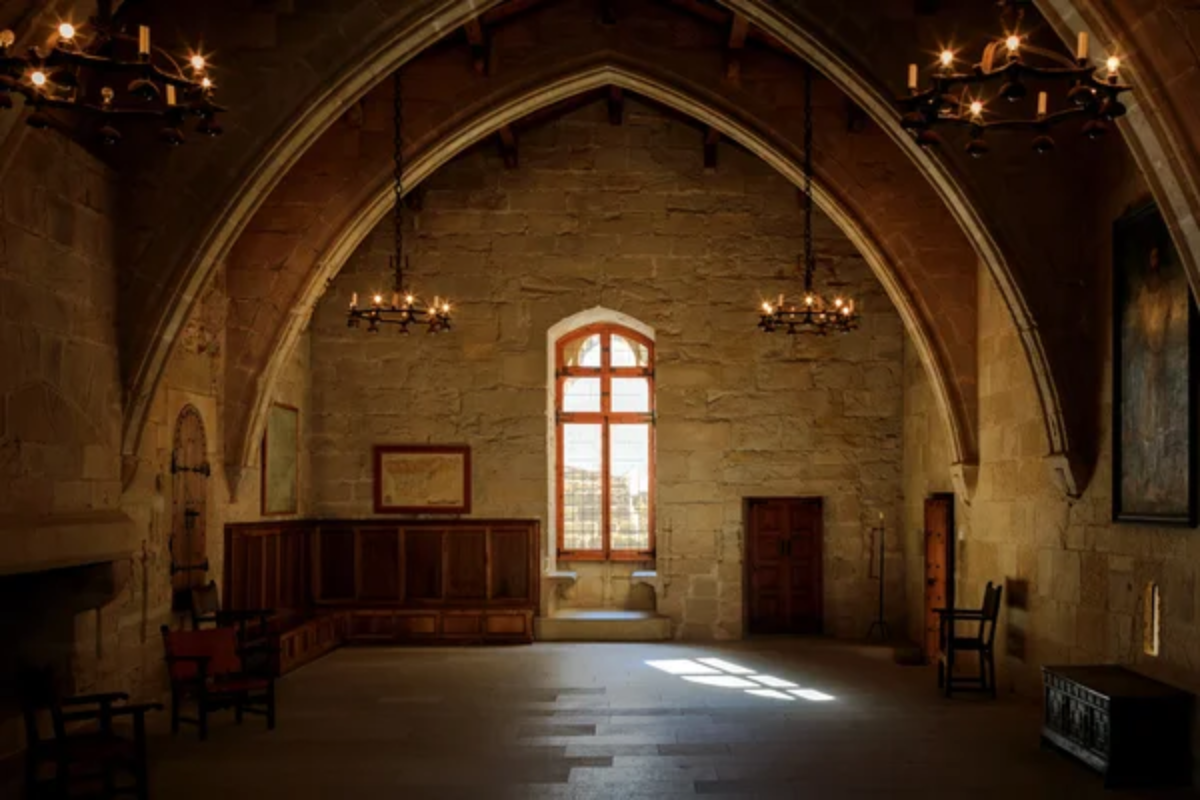
Himachal Pradesh’s Tibetan Buddhist monastery for nuns offers guest accommodations where visitors can observe female monastic communities, which are rare in traditional Buddhist cultures. The nuns maintain traditional practices while adapting to contemporary challenges, creating educational programs that preserve Tibetan culture for future generations. Mountain views provide natural inspiration for meditation practices, with guest quarters overlooking valleys that remain largely unchanged from centuries past.
The monastery’s location along pilgrimage routes means guests encounter traditional Buddhist culture in its authentic regional context.
Like Travel Pug’s content? Follow us on MSN.
Spencer Abbey
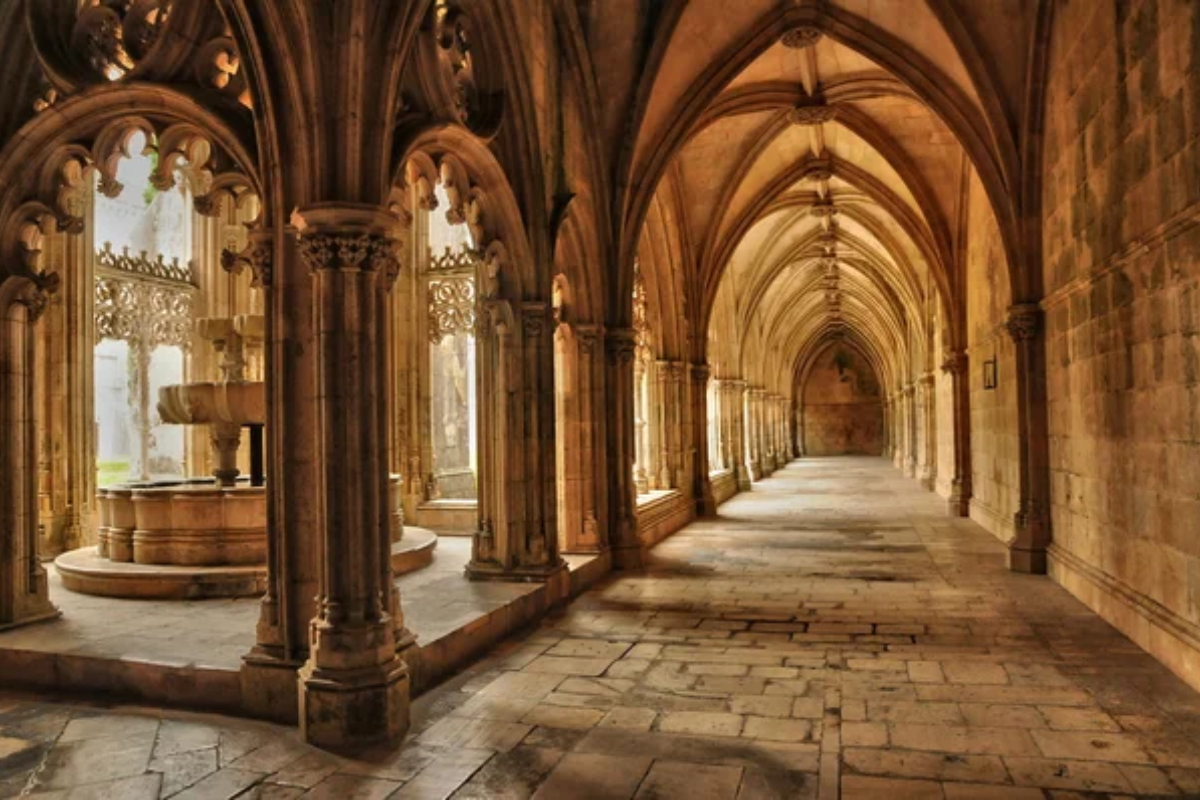
Massachusetts’ Trappist monastery offers silent retreats where guests experience the contemplative lifestyle that emphasizes prayer, work, and study in equal measure. The monks maintain traditional agricultural practices while operating modern businesses, demonstrating how ancient wisdom can adapt to contemporary economic realities. Guest quarters provide simple accommodations that encourage reflection while offering comfort appropriate for extended stays.
The monastery’s location in the New England countryside creates seasonal beauty that changes the contemplative experience throughout the year.
Beyond the Ordinary Journey
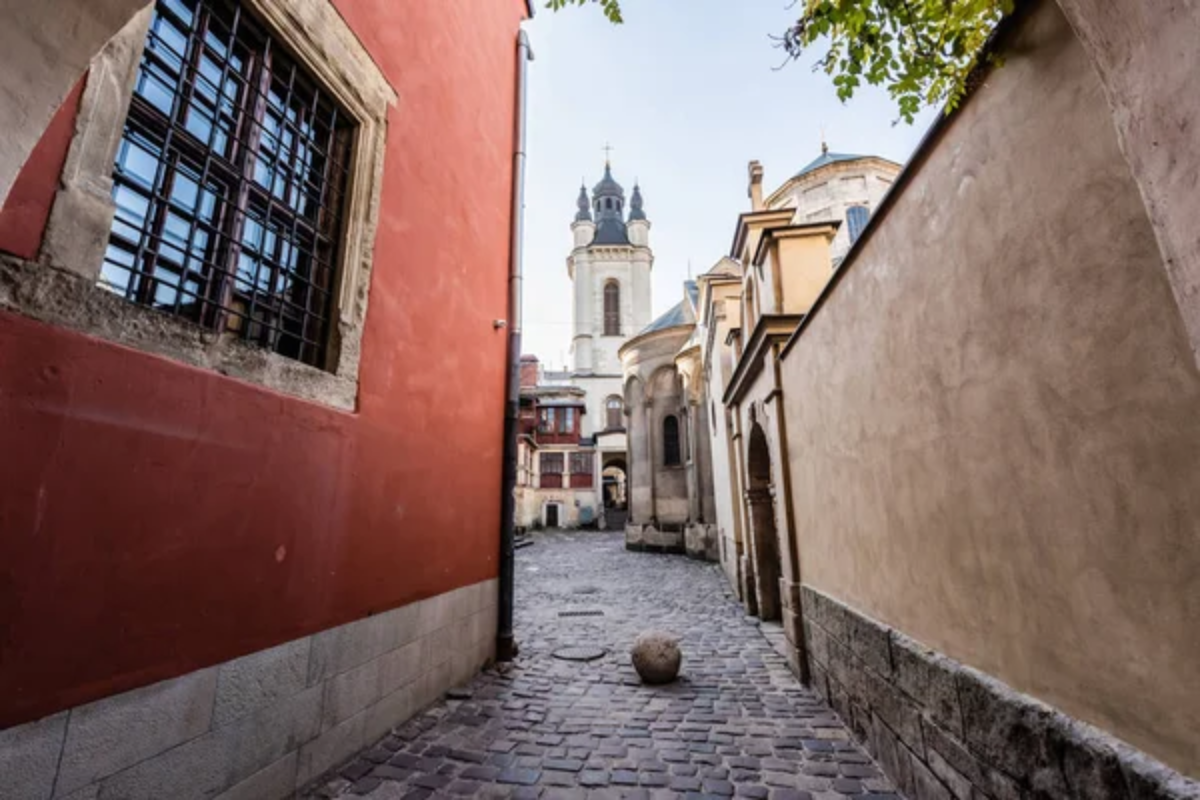
These monastic stays demonstrate that authentic spiritual tourism creates mutual benefits for both visitors and religious communities, providing cultural exchange opportunities that enrich understanding across traditional boundaries. The growing popularity of monastery accommodations reflects modern travelers’ desire for meaningful experiences that contrast sharply with conventional tourism’s emphasis on consumption and entertainment.
Whether seeking spiritual insight, cultural understanding, or simply peaceful respite from modern life’s demands, these monasteries offer transformative experiences that often inspire permanent lifestyle changes in their guests.
More from Travel Pug

- 20 Best Beach Towns in the Carolinas
- 13 Destinations Where Tourists Regularly Regret Their Trip
- 20 Destinations That Are More Magical Without an Itinerary
- 20 Underrated Adventures That Belong on Your Travel List
- 20 Cities Where You Should Just Wing It, No Planning Required
Like Travel Pug’s content? Follow us on MSN.N.
